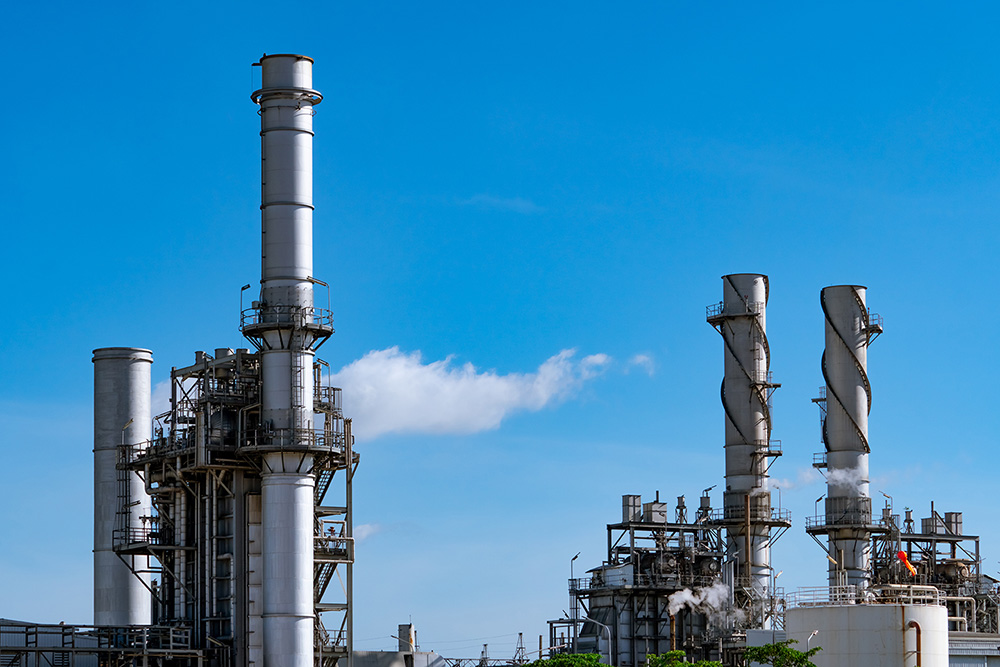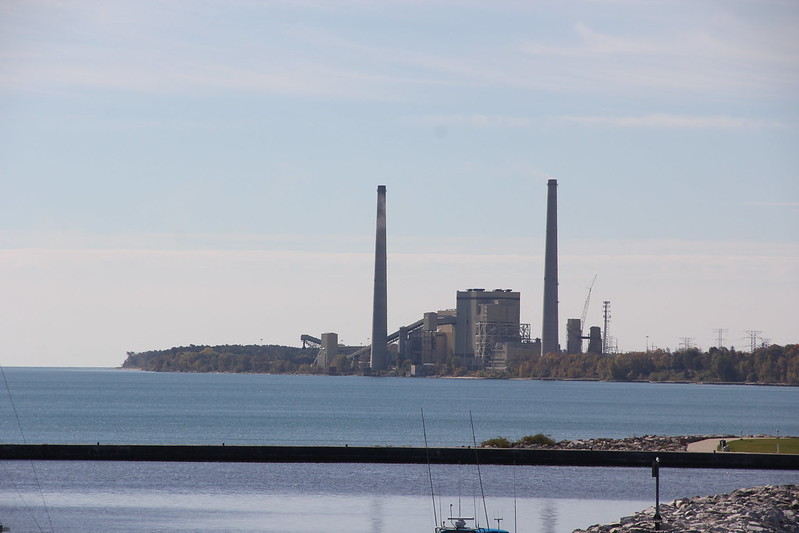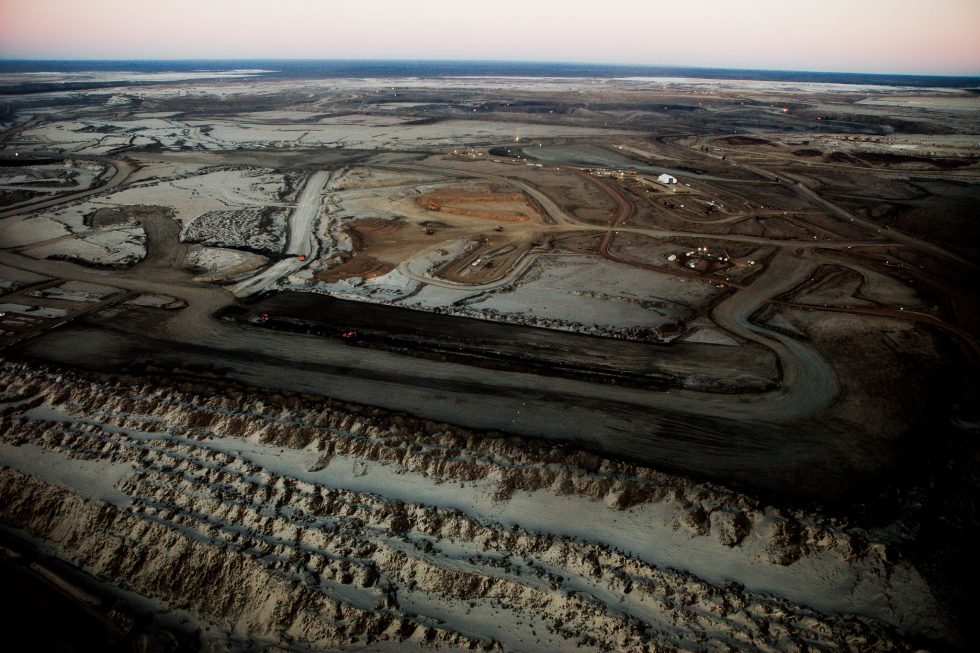“Natural” gas is far dirtier than you might think. Composed mostly of methane, it is extracted through drilling or damaging fracking operations and is also emitted during tar sands mining and other fossil fuel extraction. Not only do large amounts of methane “natural” gas escape into the atmosphere during the extraction and refining processes, liquifying the gas, which is necessary for transport, is extremely energy-intensive.
Make no mistake, “natural” gas is a dirty fossil fuel that significantly worsens climate change. In fact, pound for pound, methane has about thirty times the impact on global warming as carbon dioxide. Gas-fired power plants also release harmful air pollutants like sulfur, mercury and nitrogen oxides. Investing in new gas power plants and RICE units only locks us in for decades more dependence on fossil fuels.



